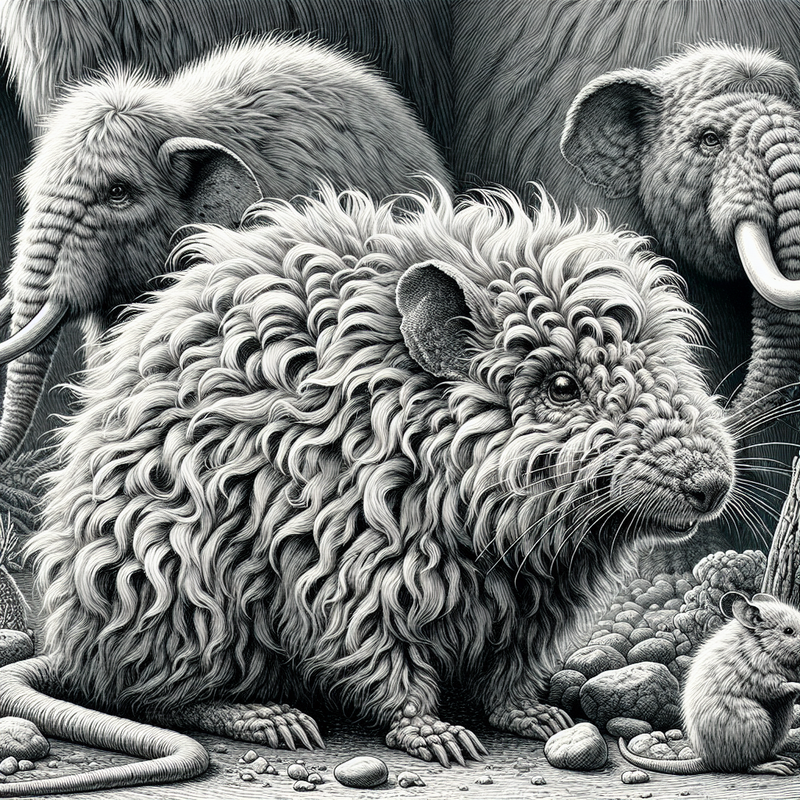In a remarkable initiative, Colossal Biosciences spearheads a quest to bring back the woolly mammoth using the marvels of genetic manipulation.
This endeavor aims to forge a hybrid organism by fusing the genetic material of the vanished woolly mammoth with that of its nearest living kin, the Asian elephant. With the deployment of state-of-the-art methodologies, including the use of induced pluripotent stem cells, the team is pushing the frontiers of biological sciences.
A Surprising Development: Hairy Mice
As an initial stage toward their grand goal, the researchers opted for mice, due to their thoroughly mapped genome and swift breeding habits. This phase involved transforming adult mouse cells into IPSCs, which were then endowed with mammoth DNA. The primary intention was to evaluate the sustainability of these modified genes prior to moving on to larger fauna.
What transpired, however, was an unexpected phenomenon—the emergence of “hairy mice.” These rodents developed a coat significantly thicker than standard, mirroring their ancient mammoth predecessors. Although their size and conduct largely stayed consistent, this outcome represents a milestone in the venture. “Hairy mice weren’t our initial target, but they mark an essential advancement in the realm of gene editing,” stated a member of the research team.
Various experts in the domain, including Robin Lovell-Badge from the Francis Crick Institute, have called for comprehensive research into the potential physical and behavioral effects resulting from these genetic tweaks.
The scientific continuum eagerly observes as Colossal Biosciences strides ahead. The anticipated 2028 target for the first elephant-mammoth hybrid birth fuels ongoing dialogue over the moral and technical intricacies entailed by such initiatives.
These hairy rodents are not just an intriguing scientific occurrence but also a stride toward the erstwhile mythic idea of de-extinction. Whether Colossal Biosciences will succeed in realizing a mammoth hybrid remains uncertain. Nonetheless, the story of the hairy mice has instigated a new discourse concerning the nexus of science, morality, and the survival of Earth’s rich biological tapestry..
















